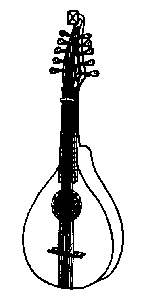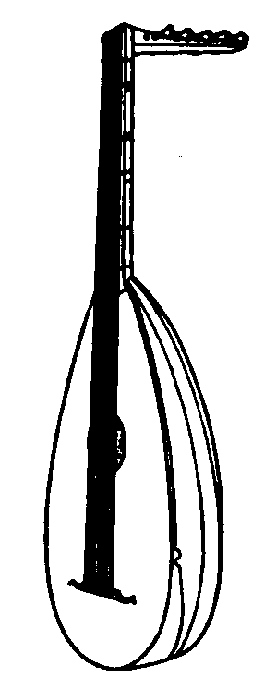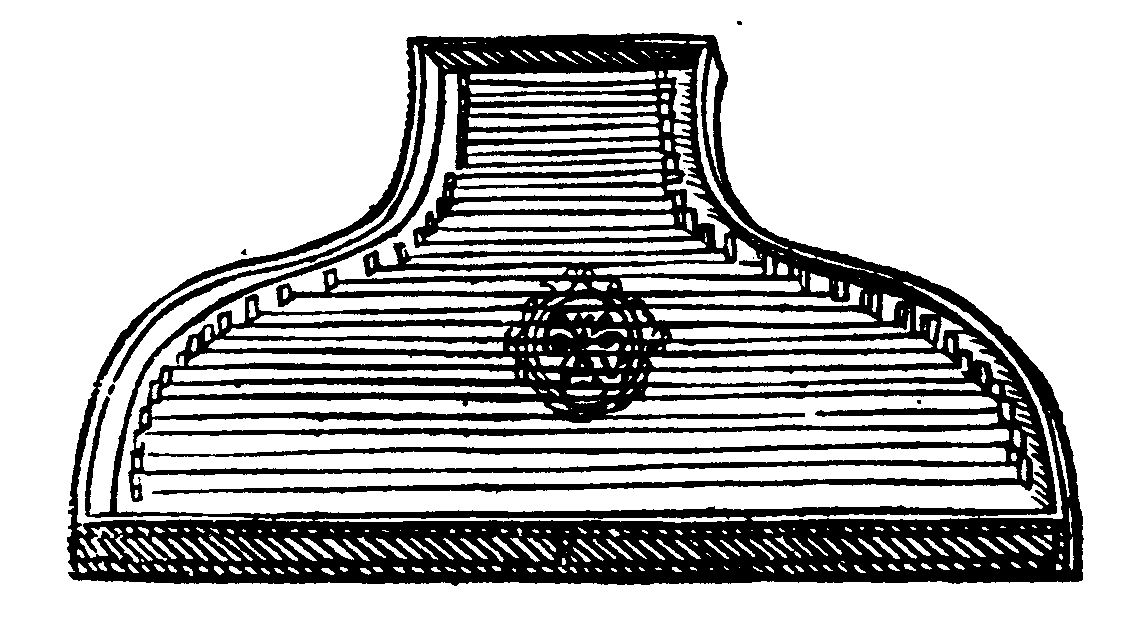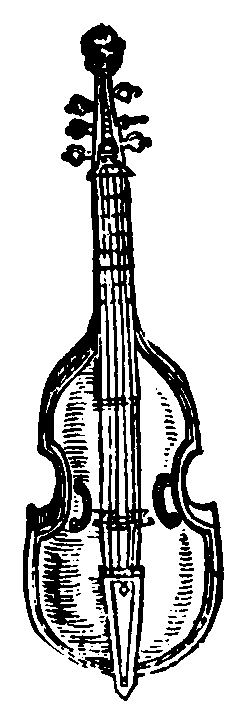
(It. viola di gamba): This popular family of instruments, which was made in four common sizes, evolved from the medieval fiddle by about 1500. It developed quite separately from the violin family, and fell from popularity during the 18th century. Viols differ physically from the violin family in that they have six (instead of four) gut strings, have gradually sloping shoulders and flat backs, and are fretted. Also, they are bowed with the palm forward, are tuned differently and are normally played without vibrato. They are help between the legs, hence the Italian name which translates as "viol of the leg."
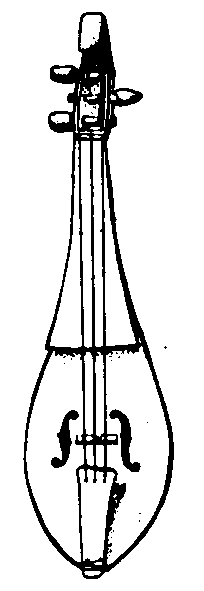
A very early member of the violin family usually characterized by a simple gourd shape and a curved back, having 3 strings and a typically nasal tone.
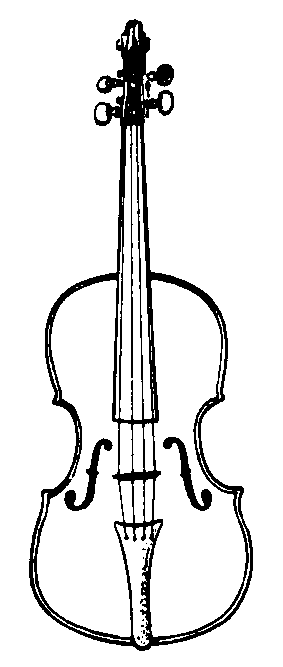
Emerged as a distinct instrument in the 1500's, almost immediately reached the classical period of production, and has survived virtually unchanged to the present.
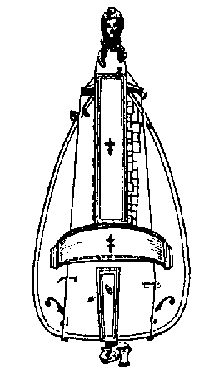
An instrument dating from medieval times, whose strings are put in motion by a rotating rosined wheel operated by a handle at the lower end of the body. Usually had drone strings which sounded continuously, in combination with a key-operated melody string.
